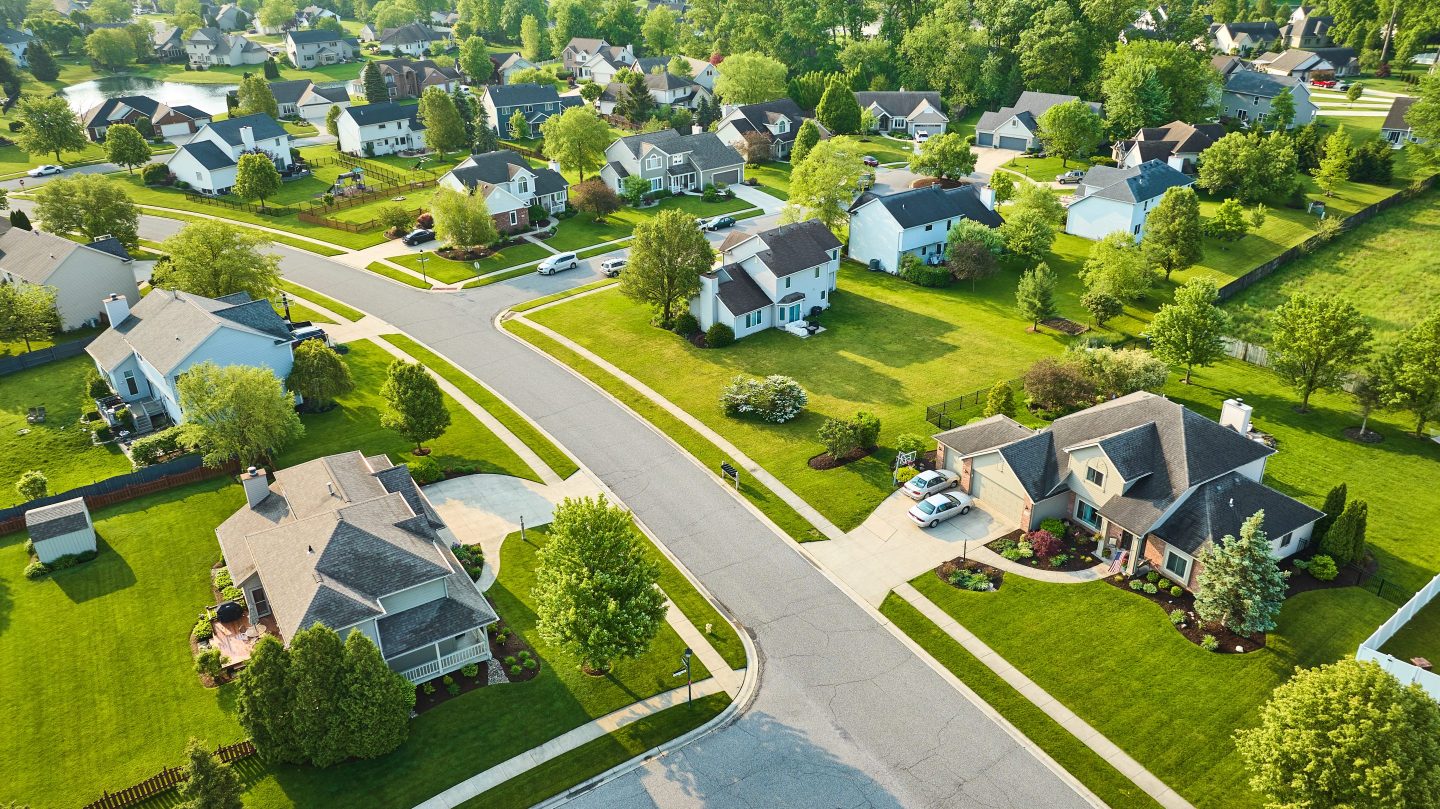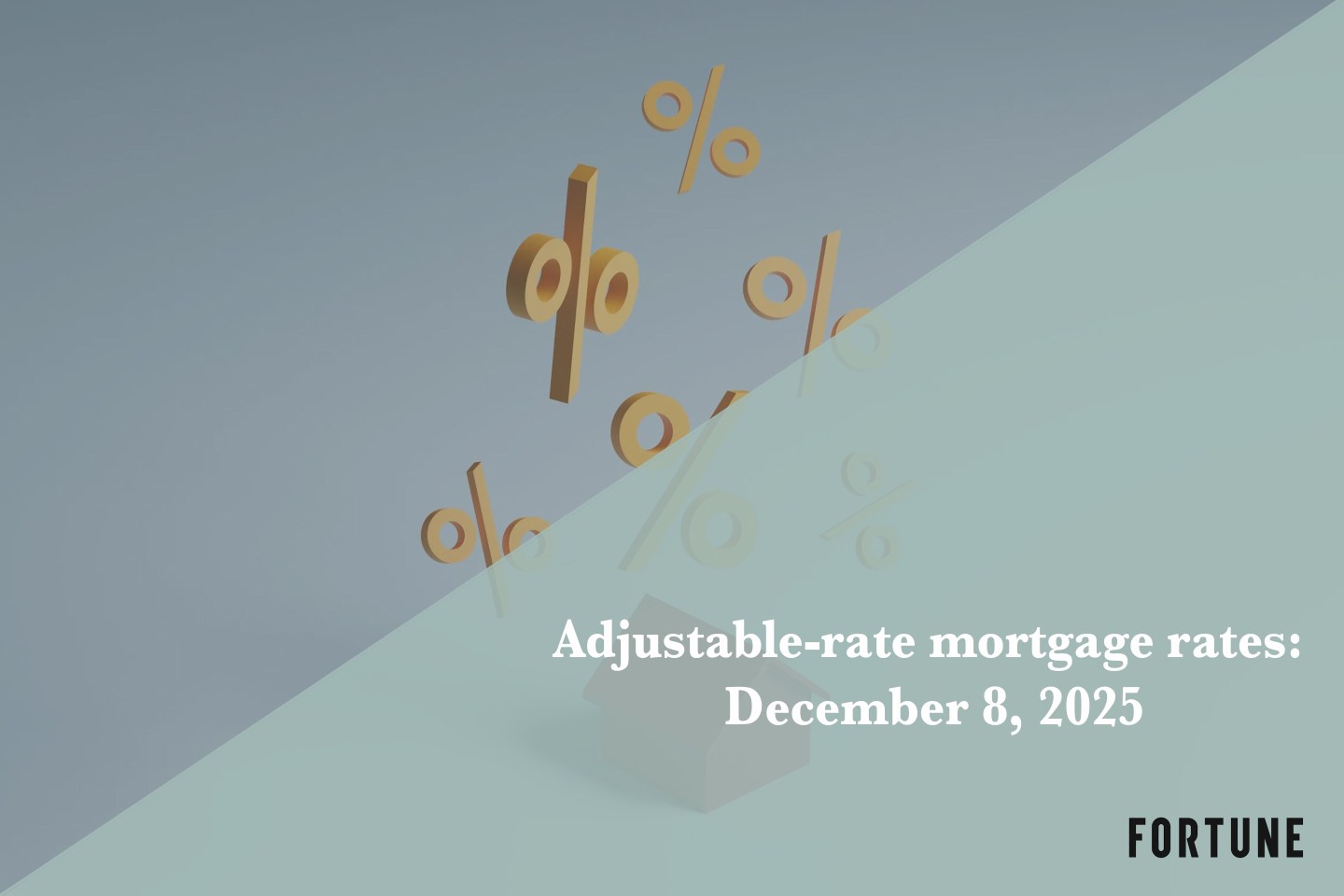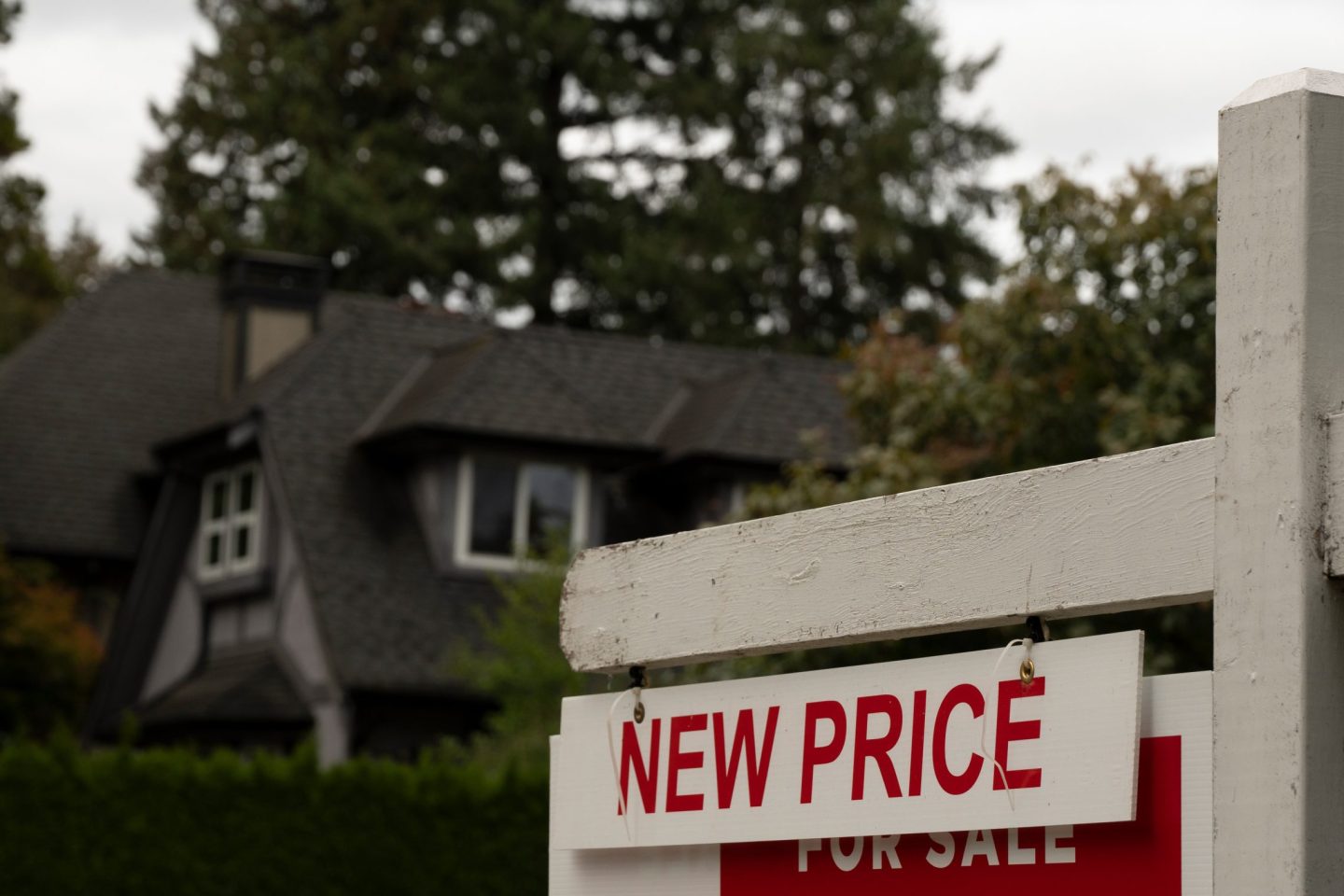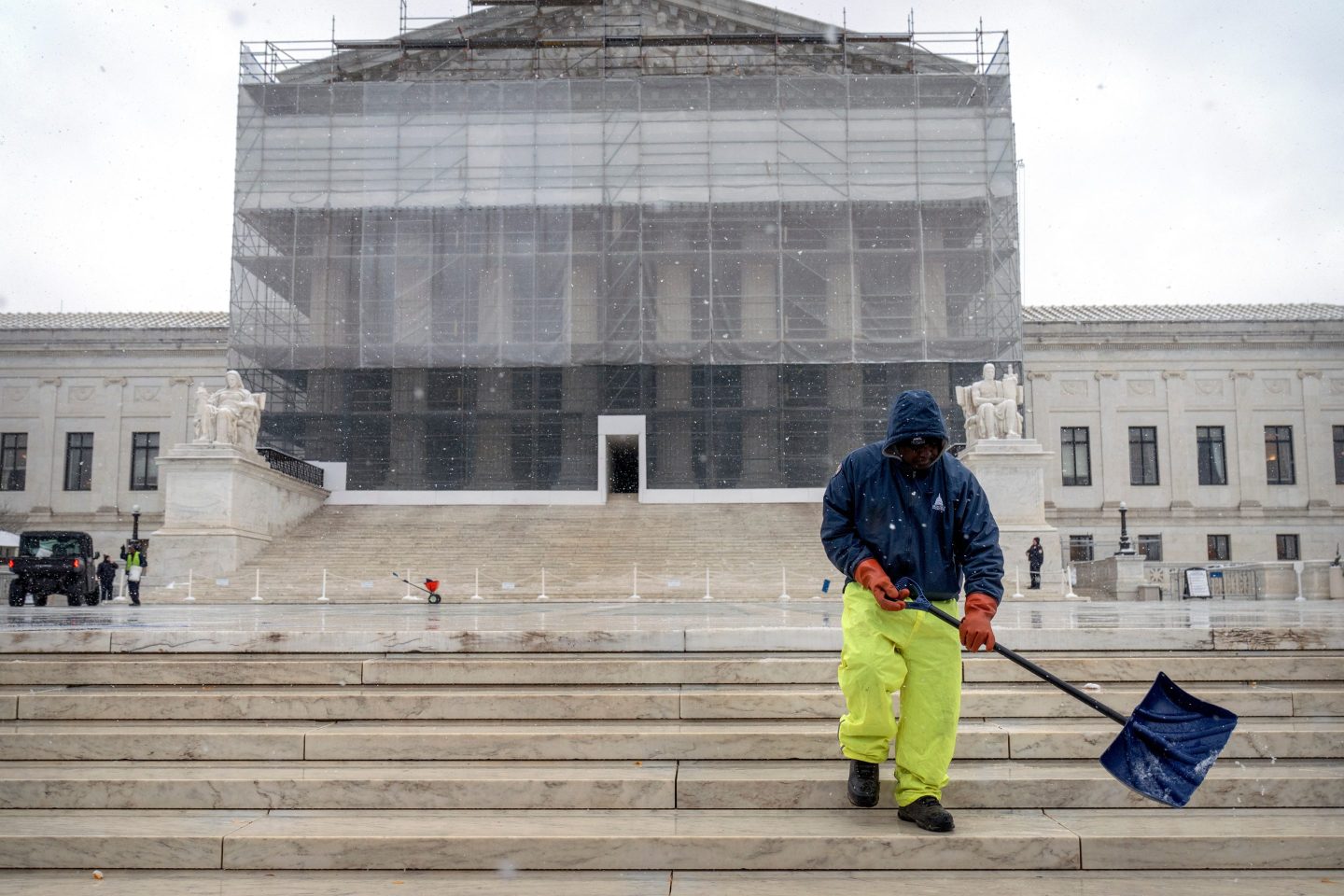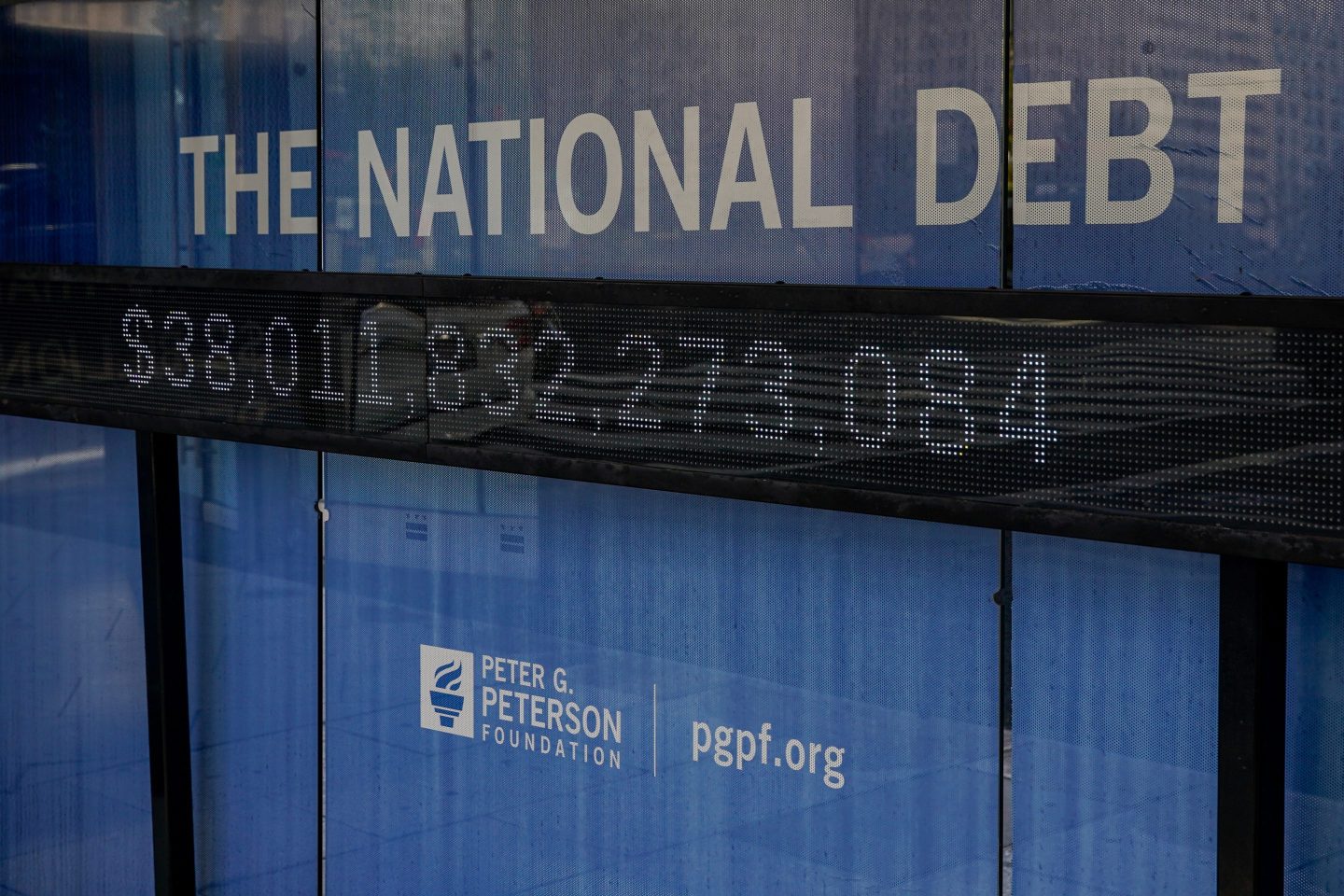- Mortgage rates have remained stubbornly high: hovering at more than 6%, well above the sub-3% rates during the pandemic. That makes homeownership increasingly unaffordable for many Americans, as home prices have risen more than 50% since 2020.
During the pandemic, home buyers got accustomed to sub-3% mortgage rates, which made purchasing a house feel more achievable. But in the past couple of years, buyers have had no such luck.
In late 2023, mortgage rates peaked at 8%. They’ve let up some, today’s 30-year fixed mortgage rate is 6.19%, according to Mortgage News Daily, but economists and real-estate groups have warned they don’t see that figure budging much in the near future. And to make matters worse, some have said the mortgage rate it would take to make homes feel affordable again isn’t achievable.
This summer, Zillow economic analyst Anushna Prakash reported mortgage rates would need to drop to 4.43% for a typical home to be affordable to an average buyer. But “that kind of a rate decline is currently unrealistic,” Prakash wrote. Meanwhile, not even a 0% interest rate would make a typical home affordable in New York, Los Angeles, Miami, San Francisco, San Diego, or San Jose, she added.
Warren Buffett’s Berkshire Hathaway HomeServices also said in an early July report mortgage rates are one of the main deterrents for both home buyers and sellers.
“Many homeowners are reluctant [to] put their homes on the market and give up the low mortgage rates they already have,” according to Berkshire Hathaway HomeServices. “To them, high price gains won’t mitigate their ability to pay more for another home at significantly higher interest rates.”
This issue is also referred to as golden handcuffs—or the locked-in mortgage rate effect. The idea is that current homeowners have no incentive to put their homes on the market, even if they want to move, because they’d forgo a much lower mortgage rate they had locked in years ago.
This causes a litany of other problems in the housing market, namely inventory.
The homebuilder unsold completed inventory recently hit a 16-year high, according to ResiClub, and data from real estate intelligence platform Parcl Labs shows the number of active listings on the market this summer rose to 3.06 million, a 4.9% increase from the same time last year. Meanwhile, more sellers delisting their properties after sitting on the market for longer than expected.
“Homes are sitting on the market nearly three weeks longer than last year,” Realtor.com Senior Economist Jake Krimmel recently told Fortune. “That’s a sign of sellers still anchored to pandemic-era prices even though the market is telling them otherwise.”
That doesn’t mean there’s an influx of housing in the U.S.; in fact, we’re still short millions of units. It just means there aren’t enough people who can actually afford to buy a home.
The factors influencing housing affordability
Although inventory levels are increasing, home prices and mortgage rates continue to be a roadblock for potential home buyers. Mortgage rates have remained “stubbornly high,” Berkshire Hathaway HomeServices said, deterring new buyers from the market.
According to an October Realtor.com report, the typical home spent 62 days on the market in July, roughly as long as it took to sell before the pandemic.
Mortgage rates are certainly a factor among buyers when deciding to make an offer, and home prices are also up more than 50% since the onset of the pandemic, according to the U.S. Case-Shiller Home Price Index.
All the while, wages haven’t grown at the same pace as home appreciation, making buying a house feel even more unaffordable. And if nothing changes like mortgage rates, inventory, or wage growth, it’s likely the housing affordability crisis in the U.S. will persist, Alexandra Gupta, a real-estate broker with The Corcoran Group, told Fortune.
“Some first-time buyers are turning to long-term renting or even co-living models because the idea of owning a home has become so out of reach. Others are relying more on family support to get into the market,” Gupta said. “We’re seeing a reshaping of the housing ladder.”
The small glimmer of hope, though, is home price growth appears to be slowing, according to the Case-Shiller indices.
“With affordability still stretched and inventory constrained, national home prices are holding steady, but barely,” Nicholas Godec, head of fixed-income tradables and commodities at S&P Dow Jones Indices, said in a statement.
A version of this story originally published on Fortune.com on July 31, 2025.
